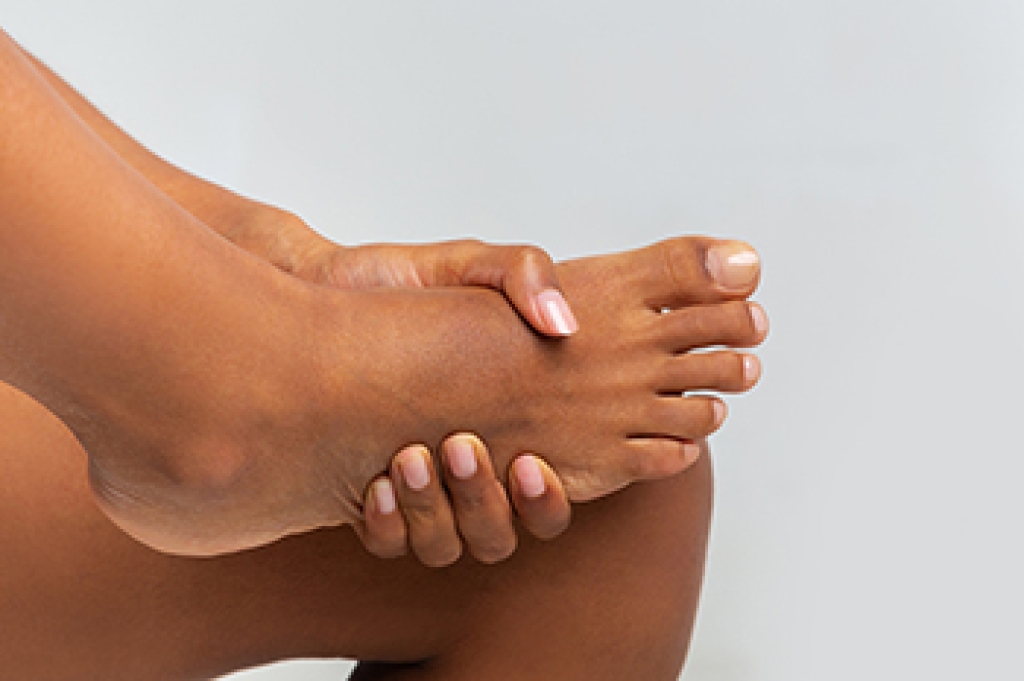
Those who work in jobs that require standing for prolonged time periods are at risk for foot and leg pain. If body parts hurt from standing at your job, it is important to tend to them. Taking frequent breaks and moving around a lot can help. Elevating the feet, soaking them in an Epson salt solution, and wearing well-fitting supportive shoes also will all help take care of your feet as well as other body parts. If you work at such a job and want to understand how you can best care for your lower extremities, visit a chiropodist who can educate you on all you will want to pay attention to so that chronic pain does not develop.
If you stand all day, you may be at an increased risk of developing various foot conditions. If you are experiencing foot pain of any kind, please consult with one of the chiropodists from The Footcare Centre. Our chiropodists will assess your condition and provide you with quality foot and ankle treatment.
What Foot Problems Are Caused by Standing?
Standing all day at work may increase your risk of developing foot or ankle problems.
Some common foot conditions that may arise from spending all day on your feet include:
- Foot pain
- Blisters
- Corns and calluses
- Arthritis
- Flat feet
- Bunions
- Sprains
- Athlete’s foot
Prevention
If you stand for prolonged periods of time for work, taking preventative measures to preserve the health of your feet is strongly recommended.
Measures you can implement to help prevent foot problems include:
- Wearing shoes that are comfortable and fit well - these shoes should be made of breathable materials and provide you with arch support and cushioning. It is best to avoid shoes that have heels or narrow toe boxes.
- Taking breaks to rest, walk, and stretch your feet throughout the day
- Maintaining good foot hygiene - wash and dry your feet thoroughly every day
If you have any questions, please feel free to contact our office located in . We offer the newest diagnostic and treatment technologies for all your foot care needs.




